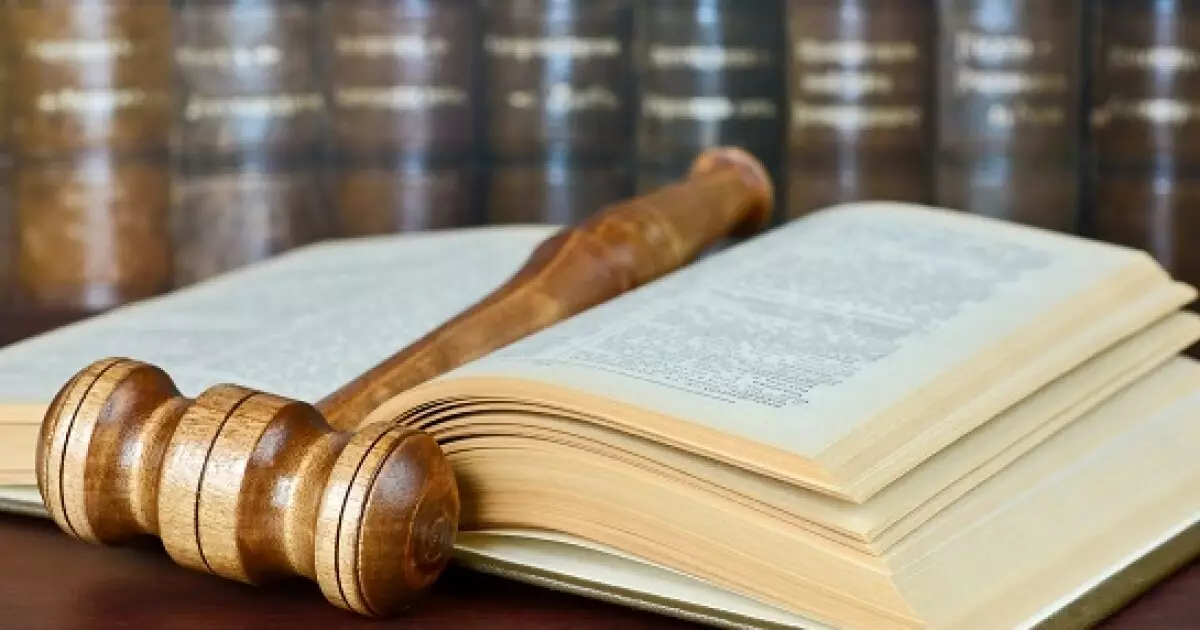The recent federal court intervention concerning the Trump administration’s controversial order to freeze disbursements of federal funds has drawn significant attention from a variety of stakeholders, from public officials to nonprofit organizations. In a landscape already fraught with tension regarding federal funding, this legal standoff speaks volumes about the interplay of governance, judicial oversight, and the responsibilities of federal agencies.
The conflict began when the Office of Management and Budget (OMB) under the Trump administration issued a memo aimed at pausing the release of federal funds. This decision took many, including states and nonprofit organizations, by surprise, triggering an immediate backlash. The lawsuit spearheaded by various nonprofit groups, including the National Council of Nonprofits and the American Public Health Association, contended that the OMB’s directive was not only an overreach of authority but also a violation of fundamental legal principles such as the Administrative Procedure Act and the First Amendment. They characterized the memo as an attempt to “eradicate essentially all federal grant programs,” which paints a dire picture of the potential ramifications for vital public services across the nation.
Adding a layer of complexity, Judge Loren AliKhan’s temporary restraining order came just minutes ahead of the scheduled implementation of the freeze. This expedited ruling illustrates how urgent and concerning the situation had become as stakeholders scrambled to assess the repercussions of the proposed funding freeze. The judge’s ruling was not one to be taken lightly; it temporarily staved off executive actions that could have disrupted a wide array of services and programs. The stay is set to last for a mere few days, a decision that reflects the court’s attempt to balance respect for executive authority with the need to protect public interests. Another hearing is scheduled for February 3, emphasizing the precarious state of funding while showcasing the judiciary’s critical role in checks and balances.
In parallel, a coalition of 22 Democratic states, along with the District of Columbia, stepped into the arena with their lawsuit in Providence, Rhode Island. Their argument hinged on a grave concern: the OMB’s memorandum would allow the federal government to retract already allocated funds critical for various public services, including healthcare, law enforcement, and disaster relief. Such retraction could undermine the fiscal integrity of state budgets, making it increasingly difficult for them to fulfill obligations to constituents and maintain essential services. In their complaint, these states pointed out the dire consequences of such funding cuts—namely, that public welfare could hang in the balance, particularly for the most vulnerable populations.
The urgency of these lawsuits underscores the multifaceted nature of federal-state relations. The court’s involvement does not only pertain to legal principles; it directly impacts the everyday lives of citizens. By halting the administration’s funding freeze, the judiciary intervenes in what could be seen as a politically motivated maneuver, emphasizing the necessity of judicial scrutiny in a democratic society where power dynamics oscillate between different branches of government.
Administration’s Justifications and Clarifications
Amidst the chaos, the Trump administration sought to clarify its position, releasing supplementary guidance. The OMB indicated that the freeze was purely a “temporary pause” intended to ensure that federal funds aligned with Trump’s various executive orders, which cover diverse topics, ranging from immigration policy to clean energy projects. However, the insistence that critical programs like Medicaid, Pell Grants, and federal student loans would continue uninterrupted raises questions about transparency and the true implications of these executive actions.
Additionally, the distinction drawn between different categories of funding—between formula projects and those funded by discretionary grants—raises further complexities. While granting reassurances that some essential services would remain unaffected, these clarifications may not resonate with those who rely on discretionary funding for a myriad of programs. The intricacies involved in the administration’s approach suggest that while some programs are safe from cuts, numerous nonprofits and community organizations could face a troubling uncertainty about their own funding futures.
As the temporary stay remains in effect, the ongoing dialogue surrounding this funding freeze invites broader discussions about the role of federal authority, state rights, and the responsibility of nonprofit organizations in advocating for the health and well-being of communities across the nation. This situation serves as a critical reminder that the processes of governance are often interwoven with legal, ethical, and political considerations, and that the impact of such decisions can ripple through society in profound ways. Ultimately, the interplay between the courts and the executive branch will set important precedents for how federal funds are managed and distributed, and it calls into question the balance between executive action and judicial oversight in preserving the integrity of public service funding.

